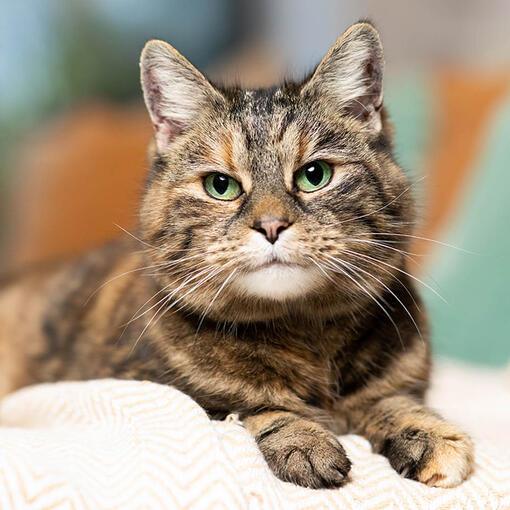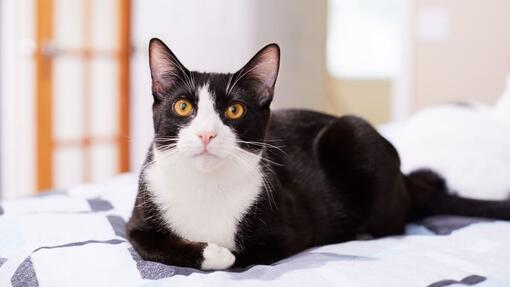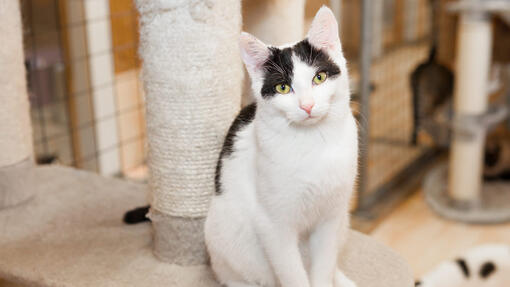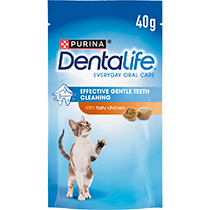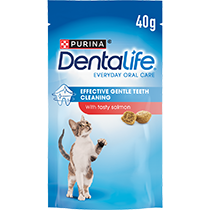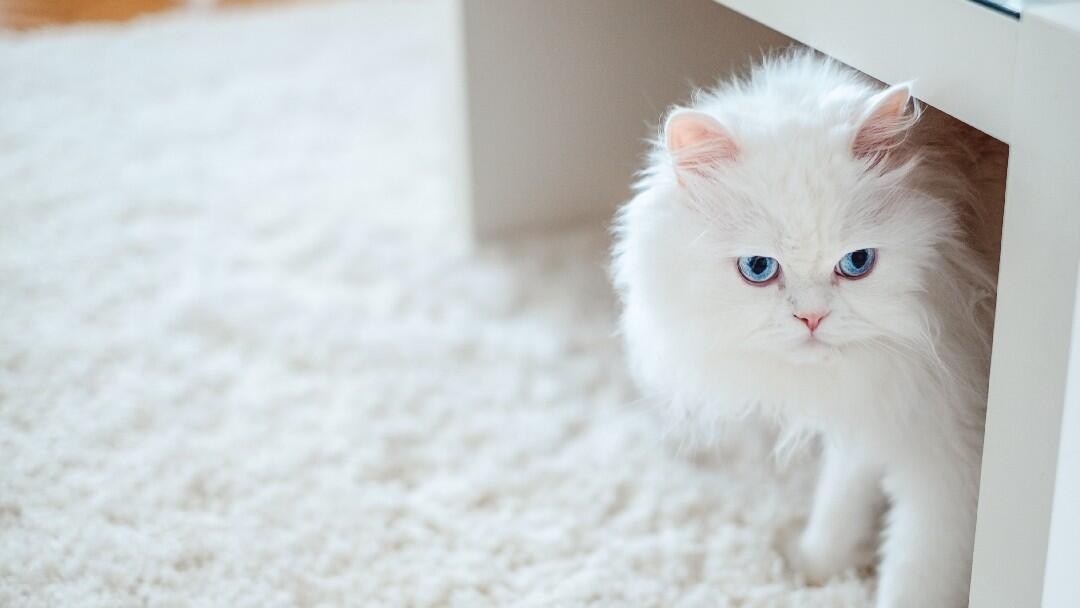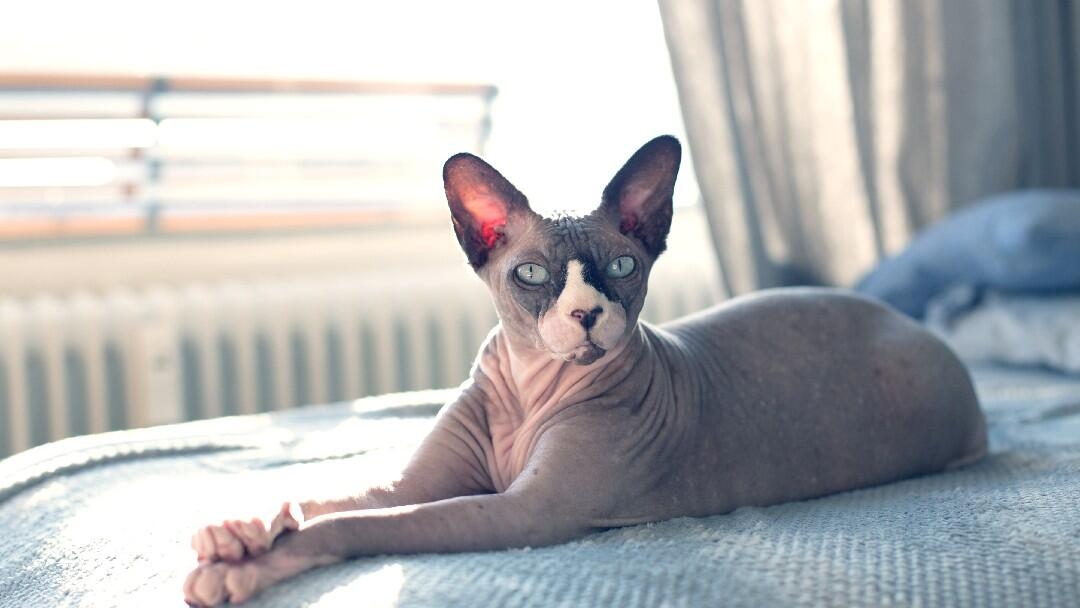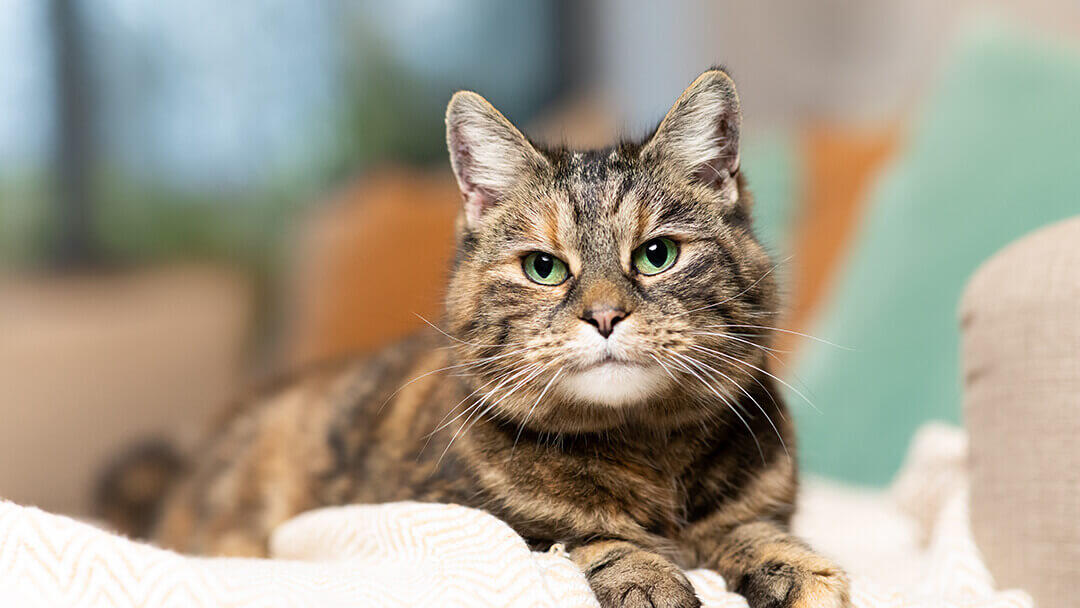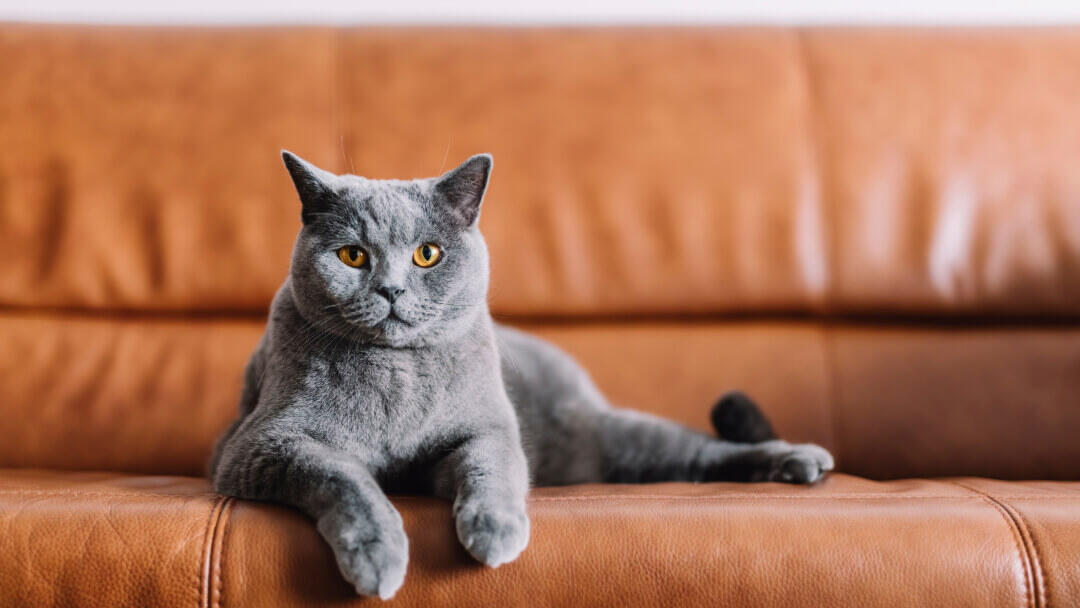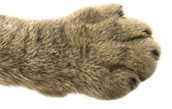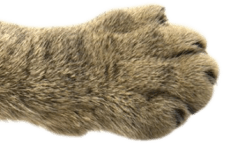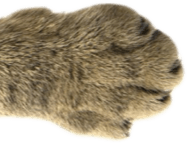
If you’ve seen a furry friend walking around with bits of white in their fur coat, they’re probably considered a bicolour cat! Lots of cats have unique colour patterns (like cats that look like tigers for example) but what makes bicolour cats special, is the solid white areas of their coats. Read on to find out which feline fur patterns bicolour cats have, and why it happens!
What are bicolour cats?
The phrase ‘bicolour cats’ refers to a cat that has sections or streaks of solid white fur within their coat. These white patches contrast with the coloured sections of their fur, which may come in any cat colour. Cats that are multicoloured but don’t have white patches are not considered bicoloured cats.
White spotting scale for bicolour cats
There are different grades of white spotting which determines how bicoloured your cat is.
Bicolour cat coat patterns
Our bicoloured cats come in lots of different coat and colour patterns, which can be categorised as follows:
Tuxedo Pattern
Tuxedo cats are characterised by a white chest and neck with black everywhere else. As you probably guessed, tuxedo cats are named after a tuxedo because it looks like they are wearing one!
They’re also sometimes called the Felix cat, after the famous black and white cartoon cat of that name Many breeds can show tuxedo patterning, including the American shorthair, British Shorthair, Maine Coon, Scottish fold, Turkish Angora, and Turkish Van.
Mitted cats
Mitted cats are so-named simply because they look like they are wearing mittens. The mitted pattern is characterised by four white paws plus a white chin and a white stripe on the belly. If the white fur extends above the paws, the markings are called socks! In the case of Ragdolls, the kittens may be mitted, but the paws become a darker brown or black once they mature, meaning that they’re not considered bicoloured cats.
Mask and mantle cats
Mask and mantle cats look like they are wearing a coloured mask and cape or ‘mantle’. The coat pattern is characterised by coloured fur covering the head and eyes. The lower portion of the face is covered in white, along with the tummy and legs.
Cap and saddle cats
The cap and saddle colour pattern is a variation on mask and mantle bicolour cats, with the mask reduced in size to a ‘cap’ and the cape to a ‘saddle’ on the lower back. There is a little peak of white in the centre of the face, right above the eyes.
Harlequin cats and magpie cats
These dramatic coat patterns feature random spots of colour with a predominantly white coat. Harlequin and magpie cats usually have a high degree of white spotting and cut a striking figure!
Moo cats
Moo cats are characterised by a predominantly white coat with large numbers of black spots. As you probably guessed, this coat pattern looks a bit like a cow, hence the name moo cat or cow cat. This is more of a colloquial term as they can include mask and mantle cats, cap and saddle cats and sometimes magpie cats.
Van cats
These cats usually have a solid white coat with splashes of colour around the ears and a coloured tail.
Why are some cats bicoloured?
Coat colour and other feline features like blue eyes, are determined by genes. Bicolour cats with mostly solid colour in their fur, possess a gene called a white spotting gene. The white spotting gene supresses the natural coat colour, resulting in patches of white.
If you’ve already got yourself a bicoloured cat (or any other colour of feline friend), find out tips on keeping their fur in tip-top condition with regular cat grooming. With the right care and the right cat nutrition, your feline’s fur will be gorgeous!

